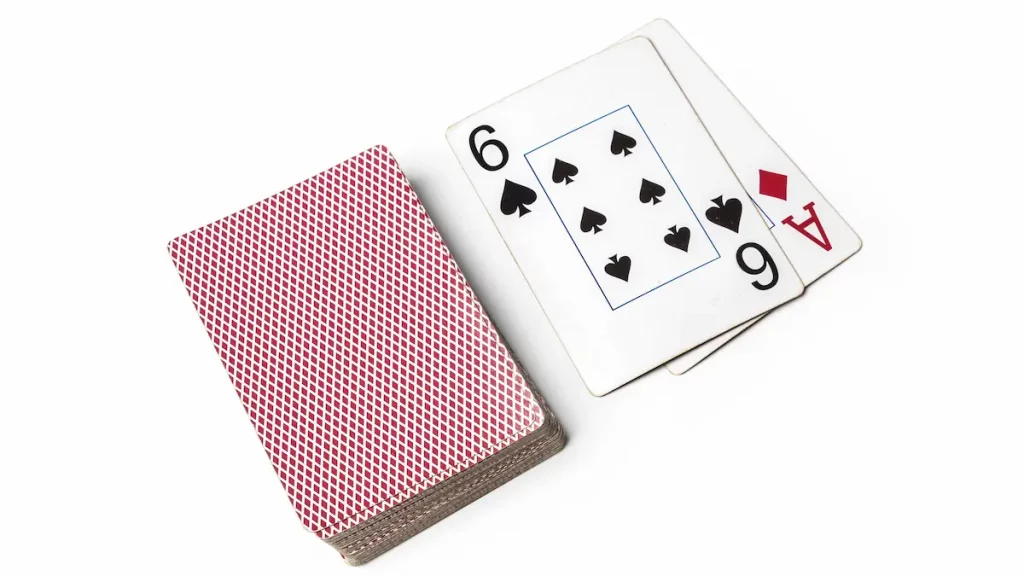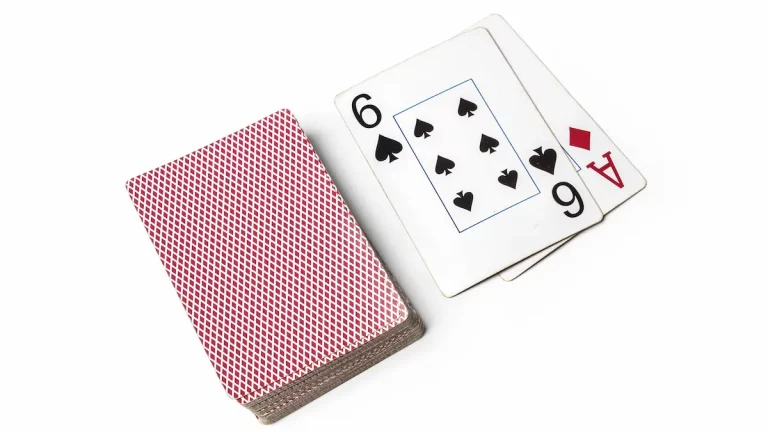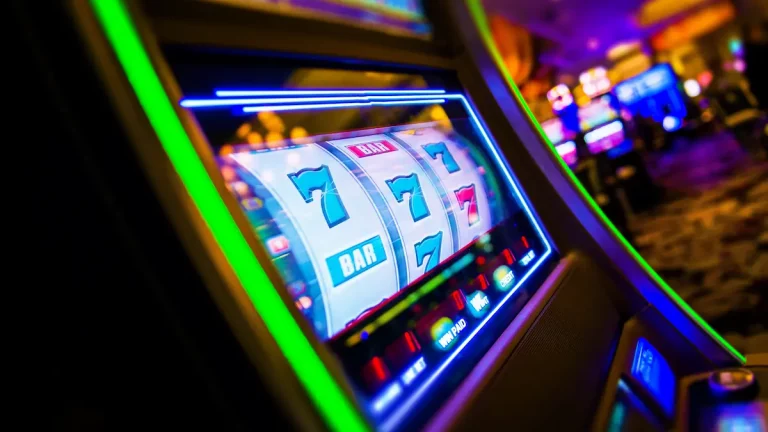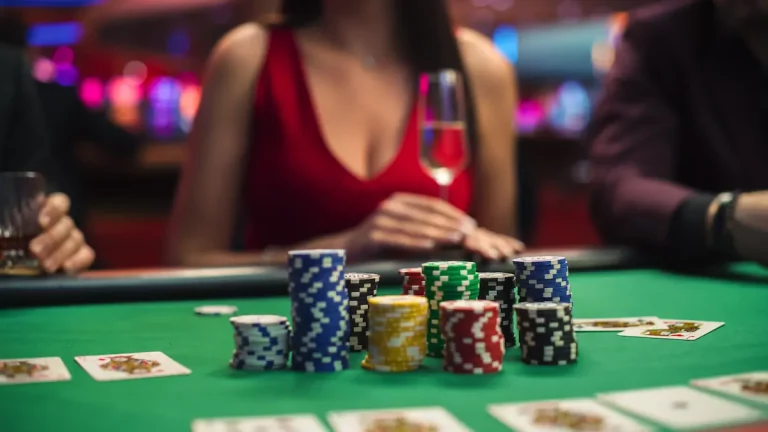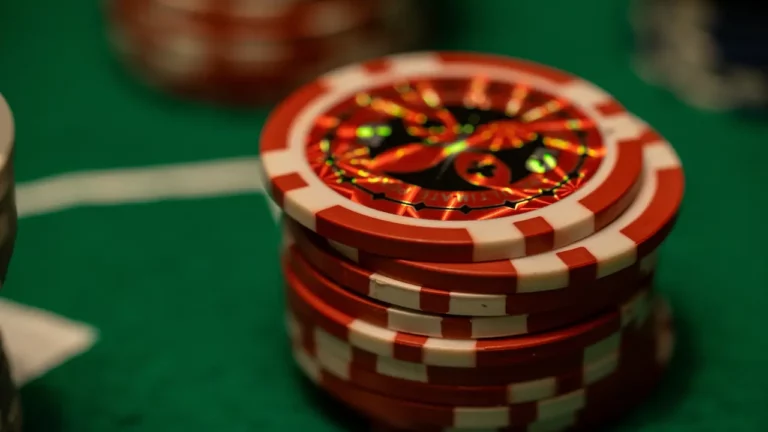Being dealt a Soft 17 in Blackjack can make you wonder about your next move. Is a Soft 17 a strong enough hand to hit or maybe even double down, or could that be risky and should you just stand and wait for the dealer to bust?
The rules and suggested strategies around a Soft 17 are applicable in both land-based and online casinos, so you’ll want to keep them in mind wherever you’re playing blackjack.
What Is a Soft Hand in Blackjack?
Let’s start with the basics. As you might know, aces play a special role in blackjack thanks to their flexibility. An ace will be valued at 11 as long as that doesn’t cause the dealer or the player to have a score that exceeds 21, causing a bust.
Well, a Soft hand is any hand containing an ace, whether it can be counted as a 1 or an 11.
What Is a Soft 17 in Blackjack?
A Soft 17 is no more than a soft hand that contains an ace that can be counted as a 1 or an 11 along with a card that makes it total 17. Examples of soft 17 include an ace and a 6, three 2s and an ace, an ace and two 3s, among others.
A Hard 17, on the other hand, would be for instance a 10 and a 7 or an ace, a 7, and a 9. Essentially, a Hard 17 either contains no aces or an ace that can only be counted as 1, as opposed to 11, to prevent busting.
This is important to know because whether or not your hand contains an ace and if it is Soft or not will determine what strategy you should go for. Different combinations of cards total the same number, including 17, but to determine your next move, it is crucial to know if you’re dealing with a Soft or a Hard 17.
In a nutshell, having a Soft 17 gives you far more options than a Hard 17 thanks to the flexibility of its ace. A Hard 17 makes it risky to take a hit without going over 21, whereas a Soft 17 is a chance to improve your hand.
Why You Should Never Stand on a Soft 17
Looking at the statistics, even though a hand valued at 17 is considered a good hand, you’re more likely to improve it if you act on it rather than if you stand.
As such, if you take something away from this article, let it be that you should never stand on a Soft 17. Whether you choose to take a hit or double down, any of those options are more beneficial to you if this is the total you currently have.
Taking a Hit on a Soft 17
Hitting is what you should always at least do if you’ve been dealt a Soft 17.
This is because it is more likely that you’ll get a card that will improve your hand or keep it the same (there are eight cards in the deck that will do one of those things) than one that won’t (there are five cards that could result in this).
Doubling Down on a Soft 17
There are scenarios where it might even make sense to double down, which means doubling your bet before the dealer gives you another card.
You should double down whenever you think the dealer may be close to busting, which depends on the upcard they show. If the dealer’s upcard is a bust card, meaning a 2, 3, 4, 5, or 6, that’s when you should take the risk and double down on your bet.
Next Steps
So you’ve hit on your Soft 17. What now? Well, your next move depends on the new card you’ve just been given.
If you’ve been dealt an Ace, a 2, a 3, or a 4, then you’ve managed to improve your hand and are in a much better place – this is the outcome you’re after, and from here you can only stand.
If your Soft 17 is now a Hard 17, then, as explained above, you’ll want to play it safe and stand. That will happen if you’ve drawn a 10, a Jack, a Queen, or a King. This is the most likely outcome.
However, if you’ve drawn a card that has made your hand total somewhere between 12 and 16, then you have weakened it. Hit when you next have a chance to, unless the dealer shows a bust card.
For more advice on how to play this and other hands, check out our Top 5 Blackjack Tips.
Whatever the outcome, don’t let it stop you from taking action again next time you’re dealt a Soft 17. Even if there’s a chance that it could worsen your hand, the opposite is more likely to happen, so remember not to stand!

